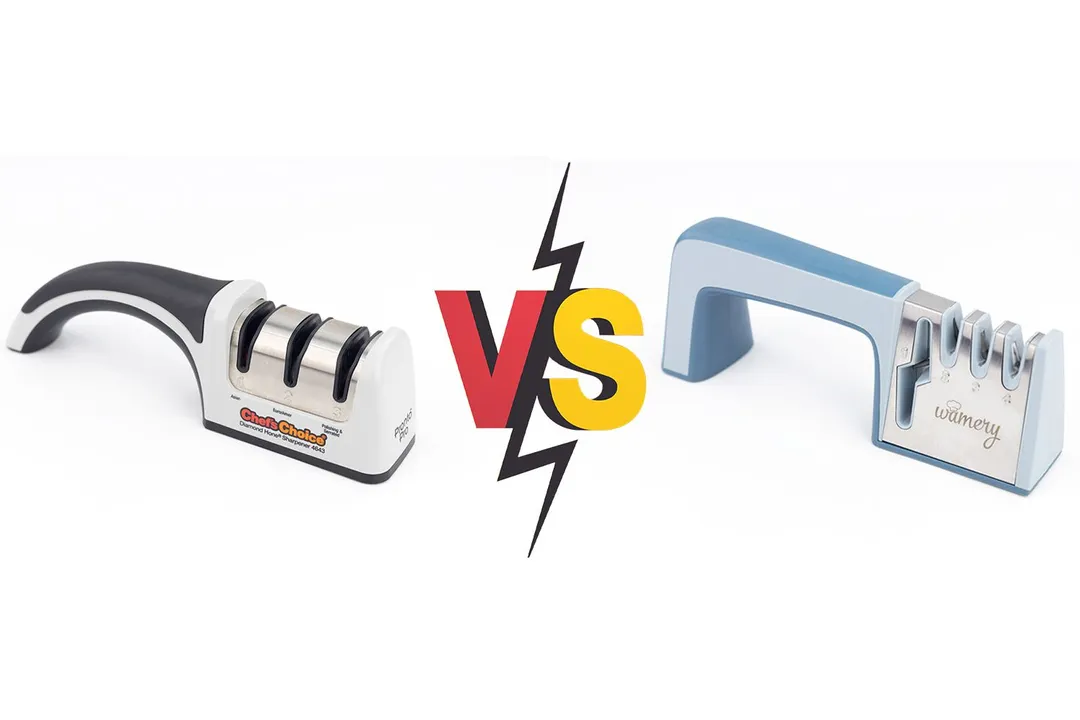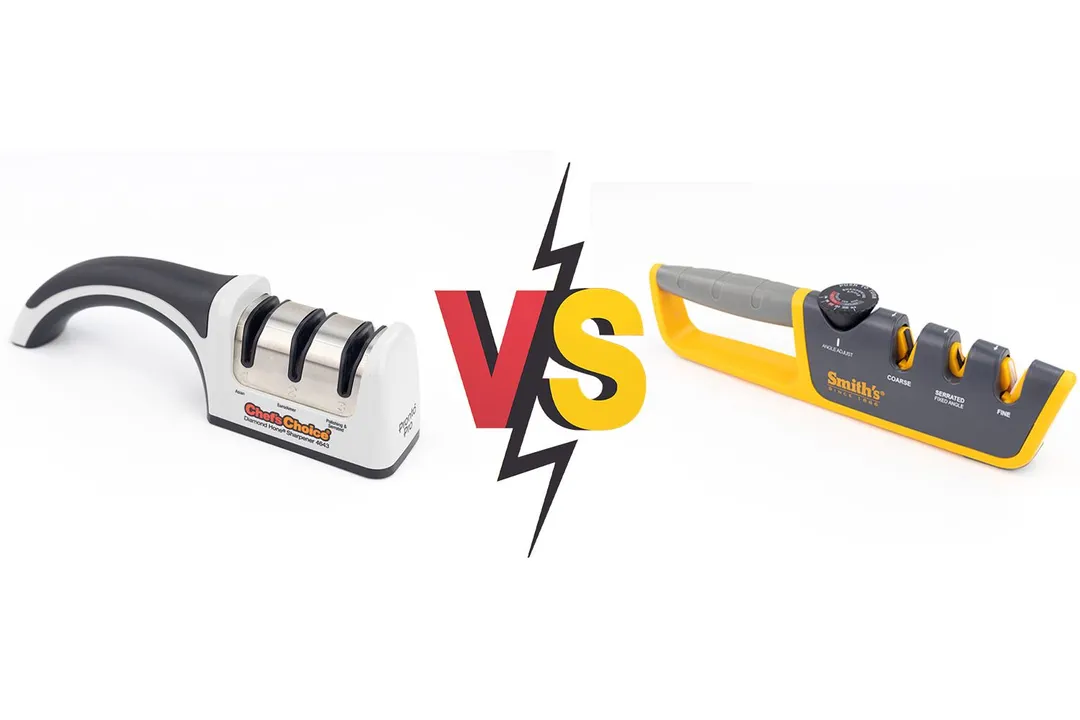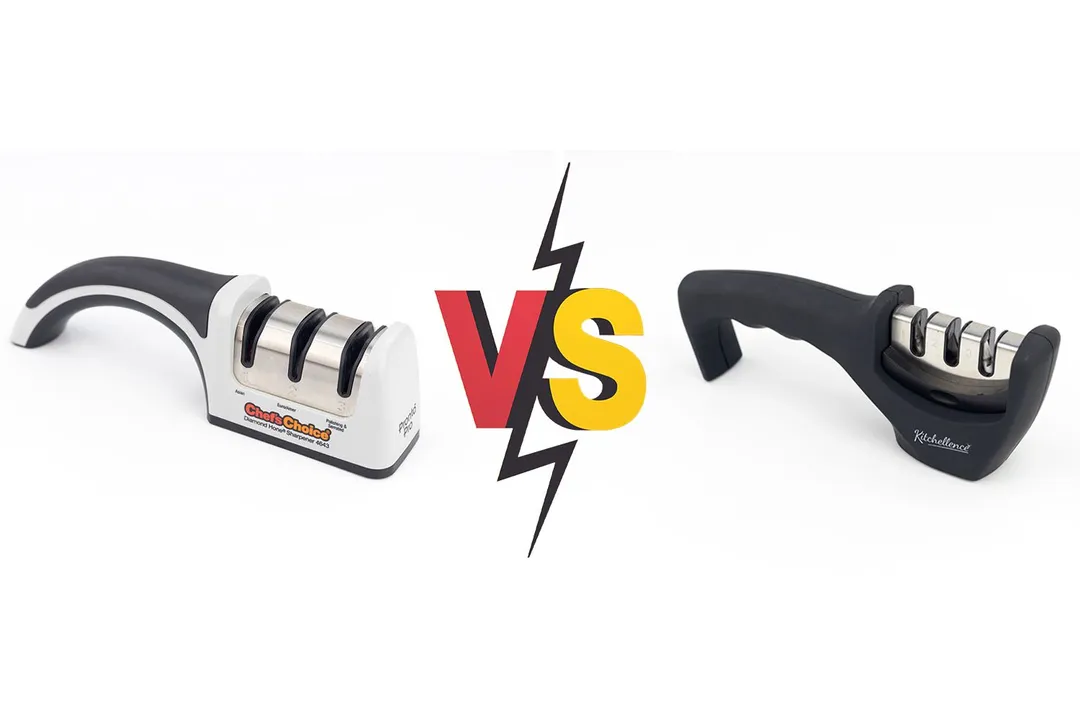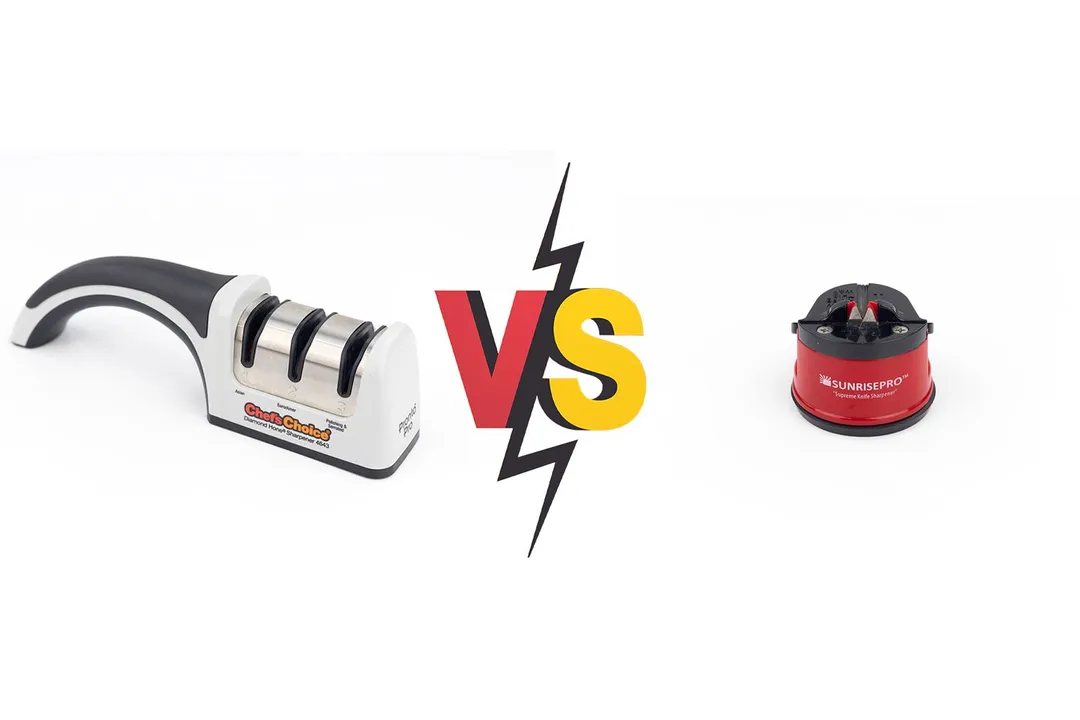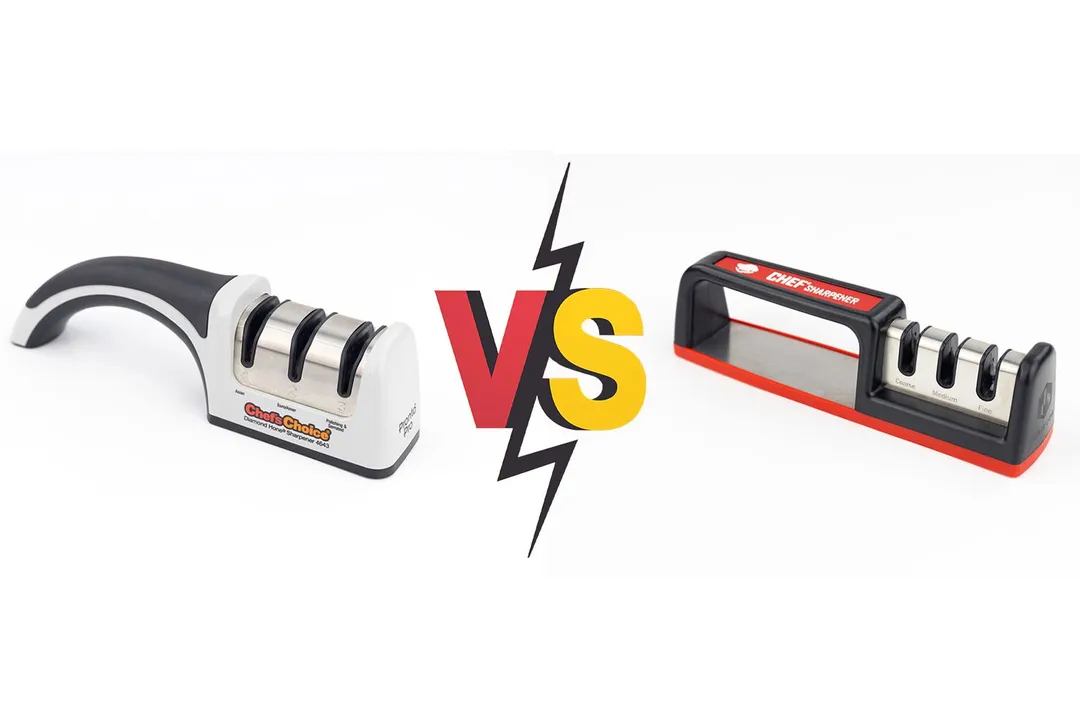Our recommendations are made independently through Research & Testing. We may receive commissions from purchases made via our links.
Chef's Choice 4643 vs. PriorityChef Manual Knife Sharpener Side-by-Side Comparison
Chef's Choice 4643 vs. PriorityChef 2-stage manual sharpener comparison. Check how they stack up in speed, effectiveness, and more.
Chef's Choice 4643
Tested Using Methodology v1.1PriorityChef
Tested Using Methodology v1.1
Overall Verdict
The PriorityChef 2-stage sharpener is a better manual sharpener than most, and it’s an easy pick over the Chef's Choice 4643.
The PriorityChef features a basic, function-oriented design, while the Chef's Choice’s design offers both stability and great comfort. Both sharpeners are sturdy, but the latter is more robust and has a much better fit and finish.
Instead of the blades and rods usually seen on other manual sharpeners, these two employ abrasive wheels, which remove considerably less knife material. However, the ones on the PriorityChef sharpened much faster and more effectively, while those on the Chef’s Choice didn’t seem to hit the knife’s edge at the right angle and delivered rather subpar results.
Pros & Cons
- Works with 20° and 15° edges
- Compatible with serrated blades
- Grippy handle
- Neat, ergonomic overall design
- Modest height, low center of gravity
- Full, flat base
- Gimmick-free design
- Great edge retention
- Expensive price
- Awkward slot layout
- Cheap base pad
- Small slot openings
Key Specs
Where to Buy
*You help support HealthyKitchen101's product testing and reviews by purchasing from our retail partners.
Analysis and Test Results
Performance
Sharpening Time to Cut a Lemon
Material Retention
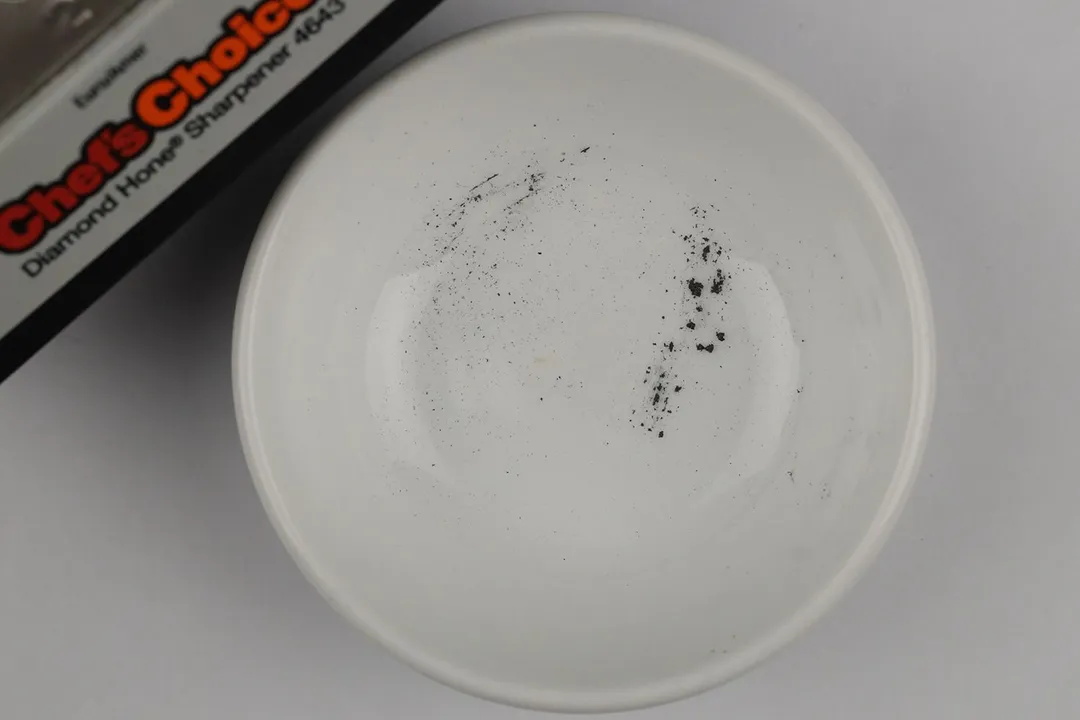
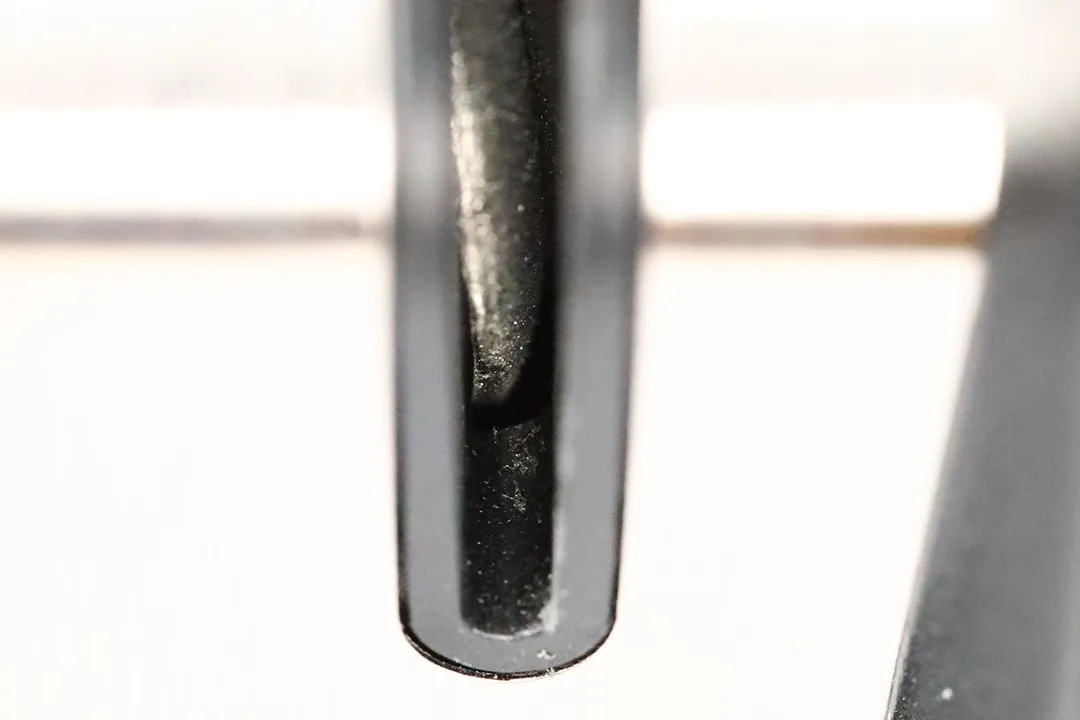
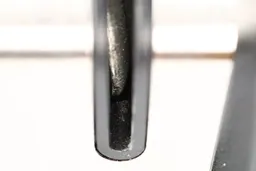
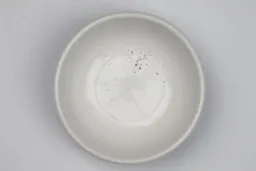
Maximum Sharpness Achieved
Edge Smoothness
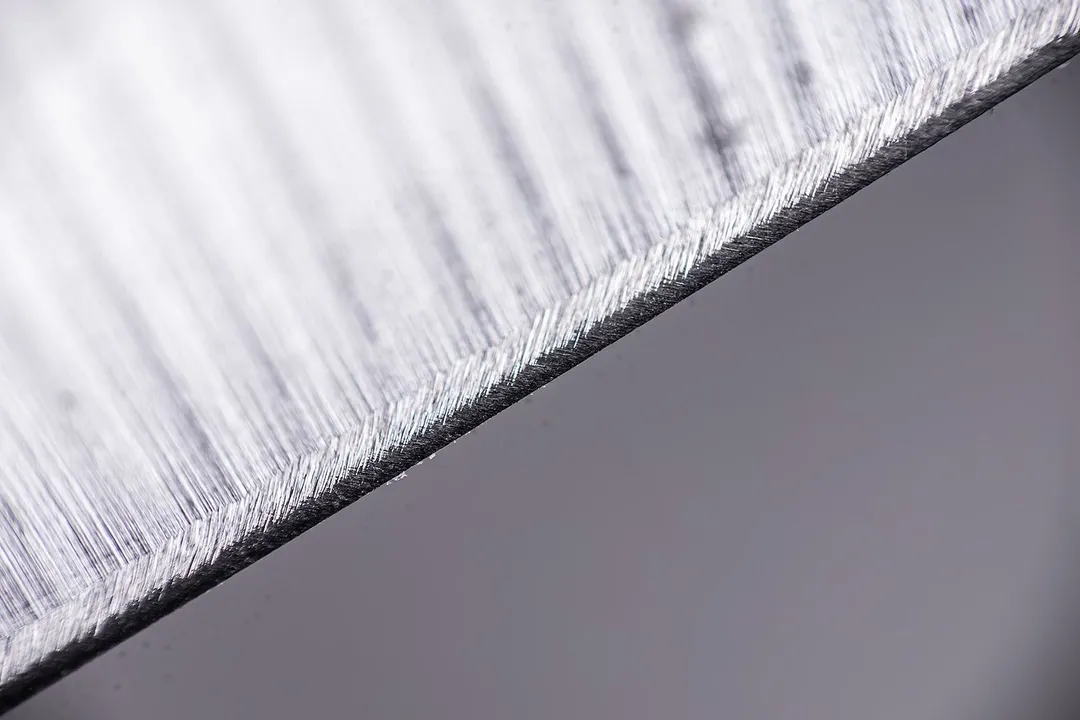
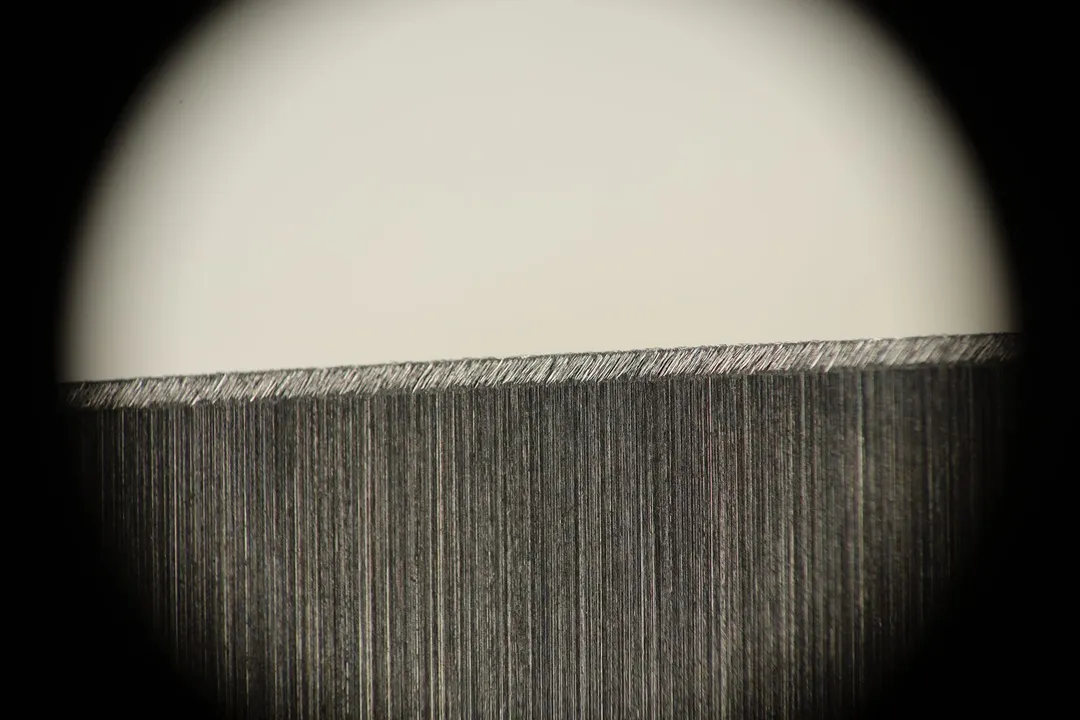
Design
In the Box
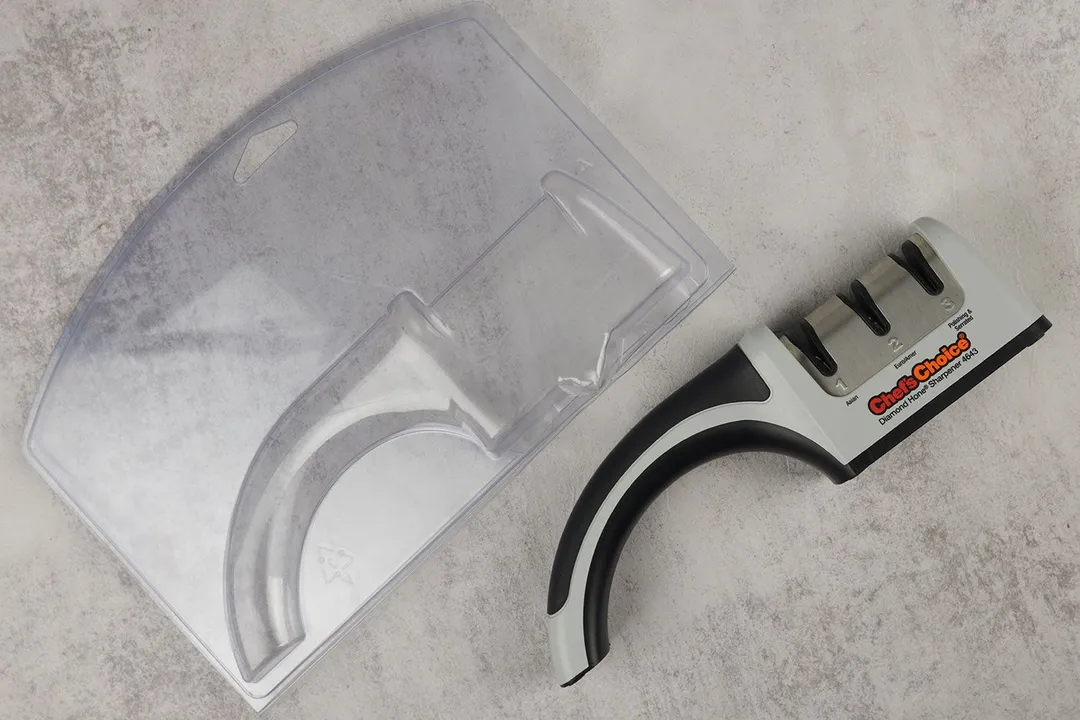
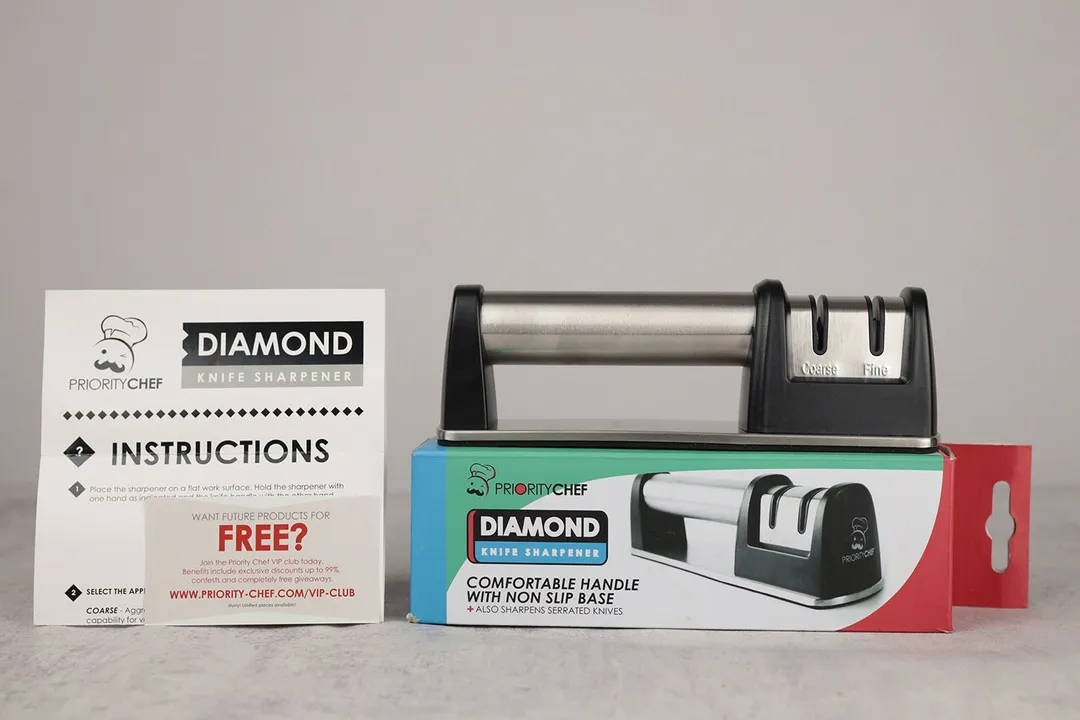
Dimensions
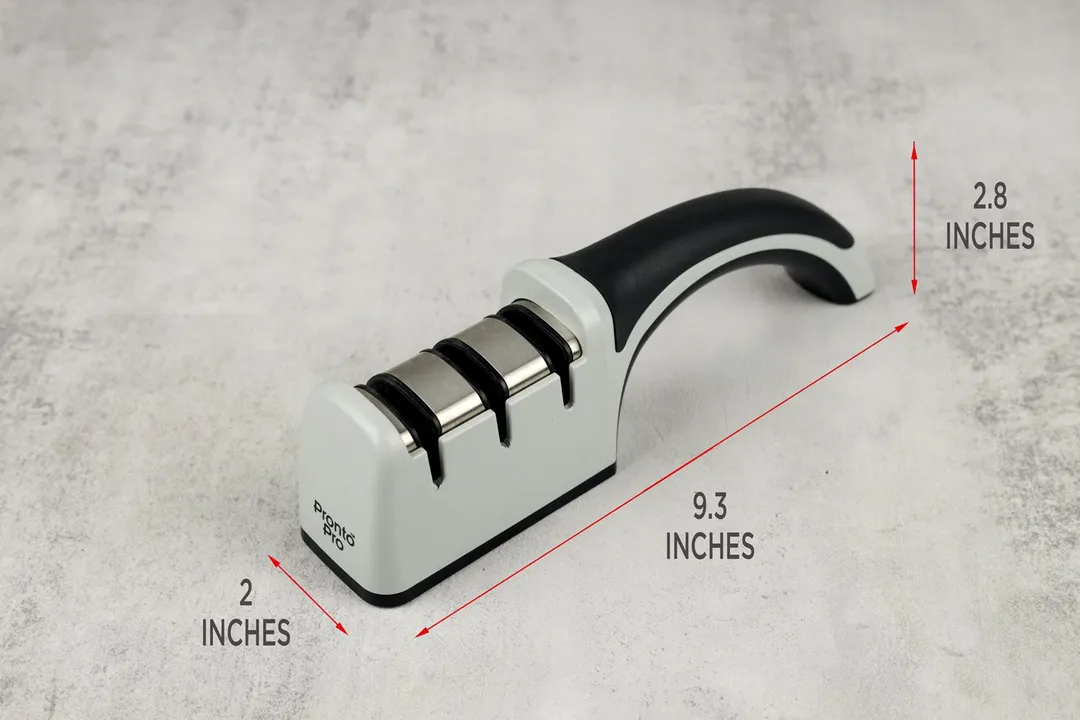
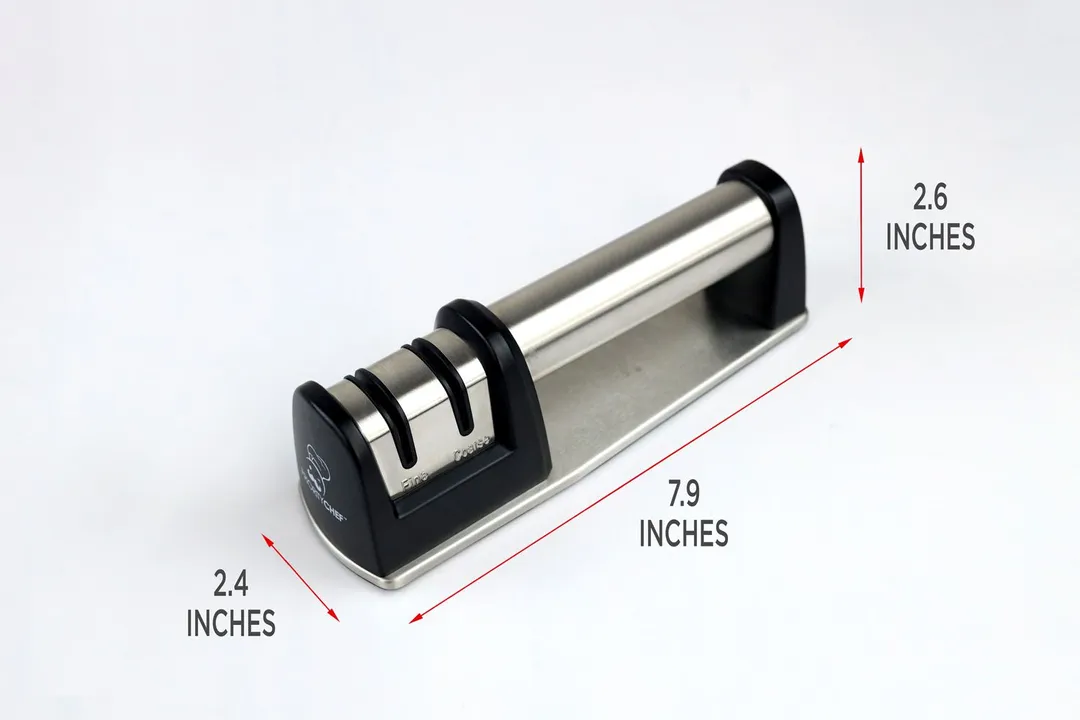
Build Quality
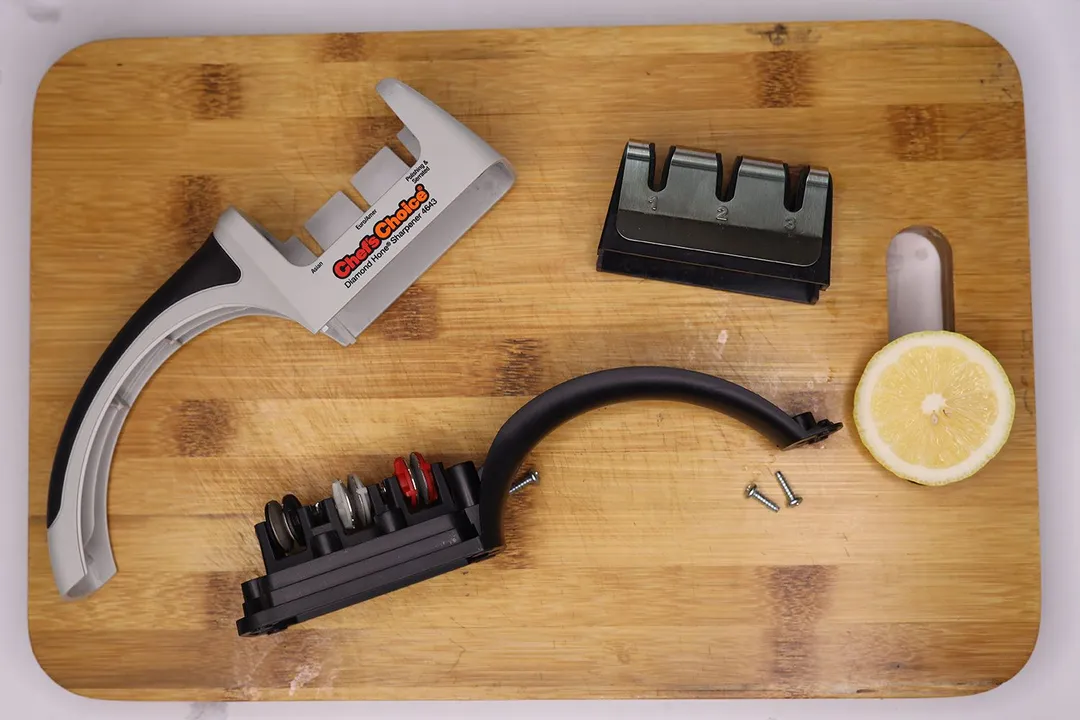
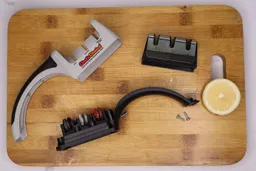
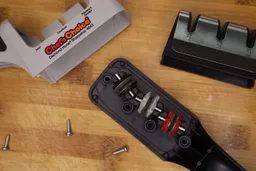
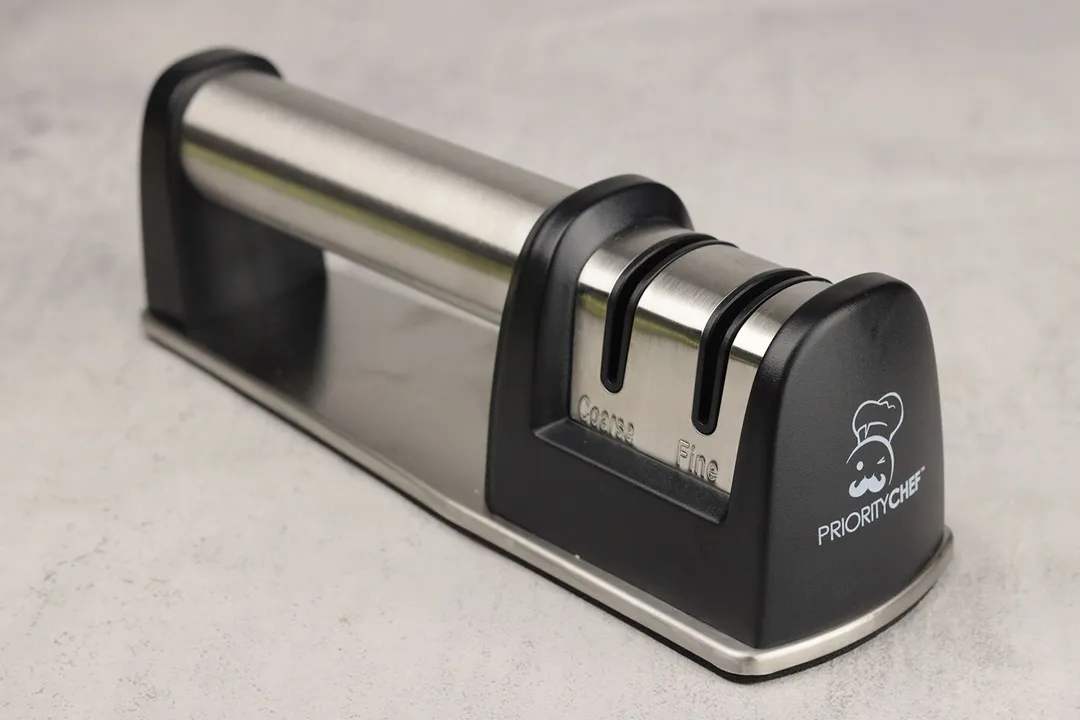
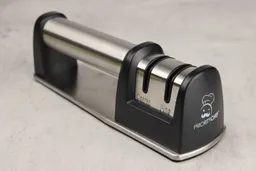

Working Section
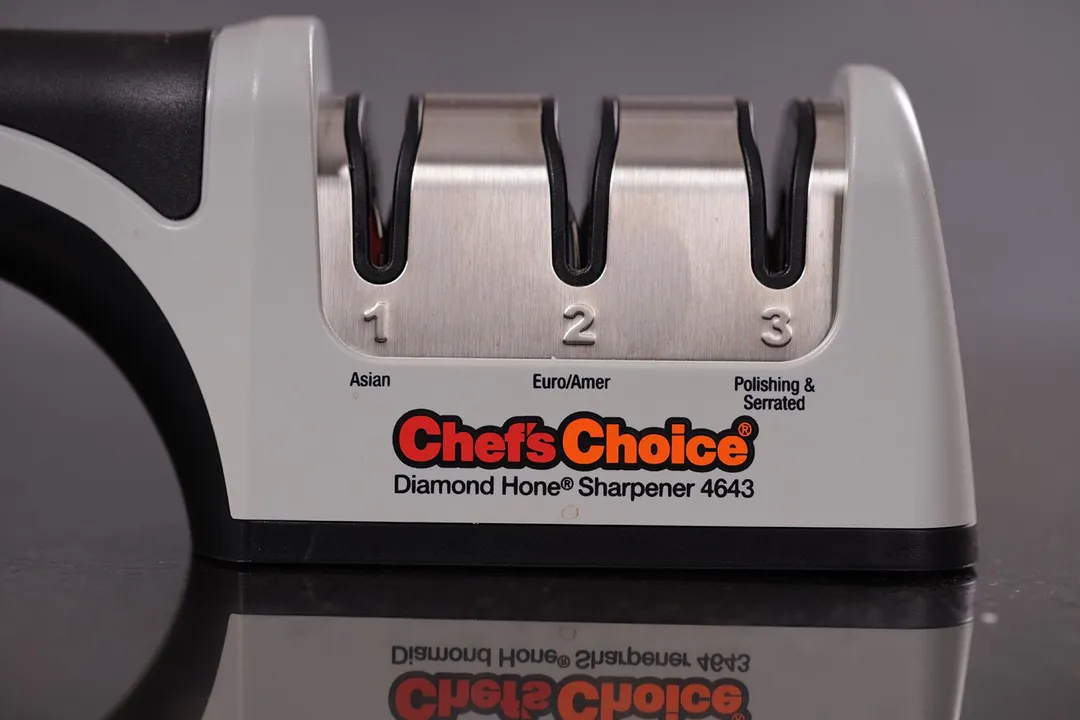
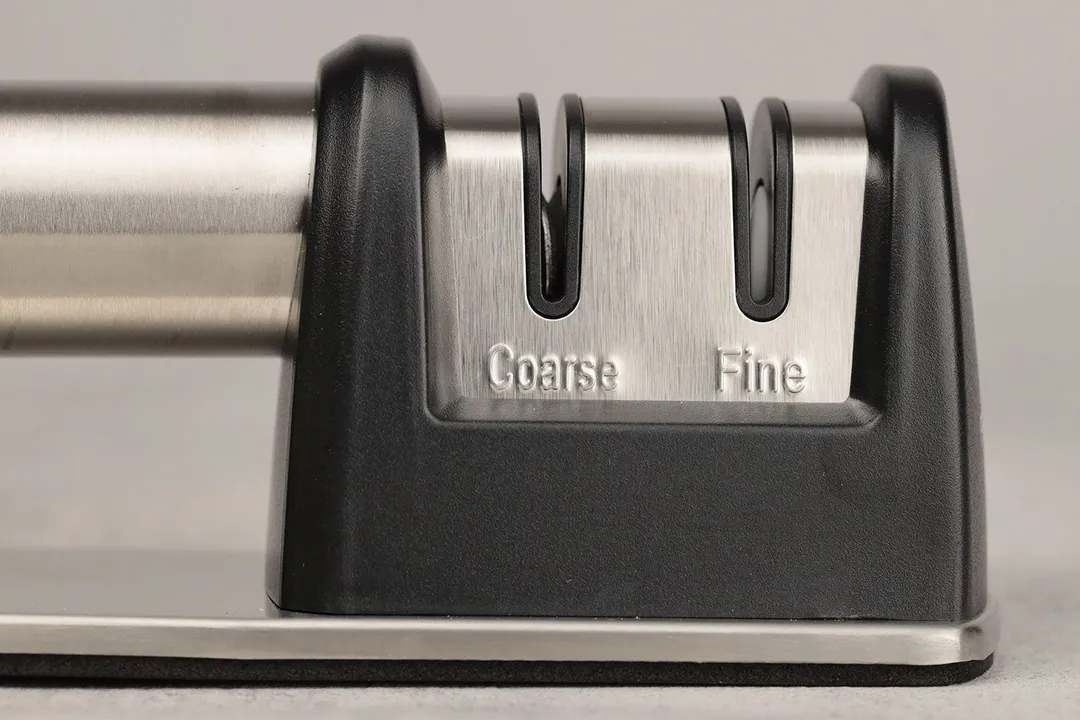
Base

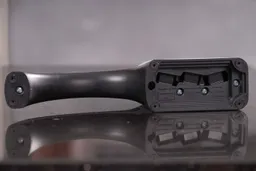
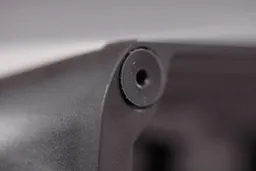
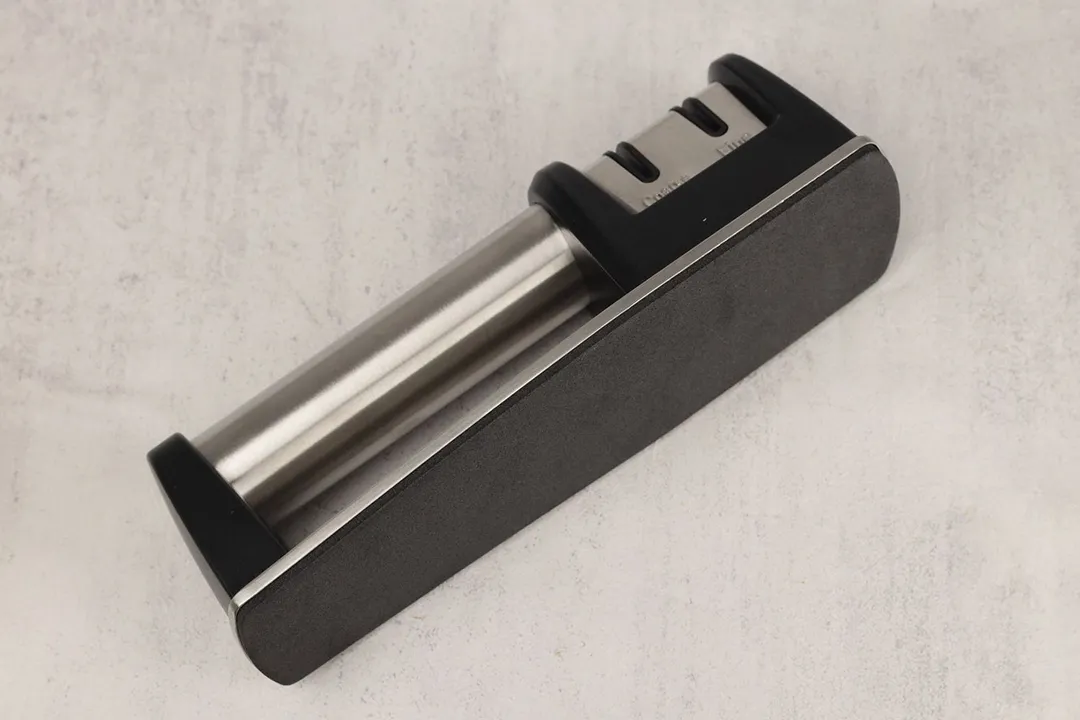
Grip

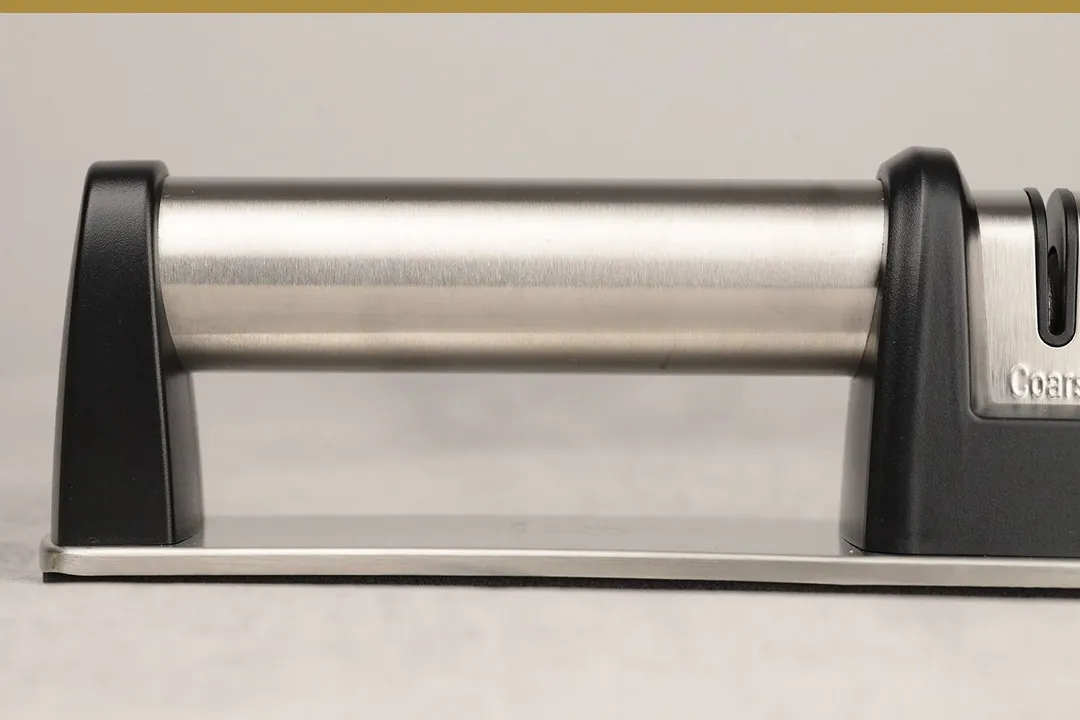
Usability
Slot Arrangement
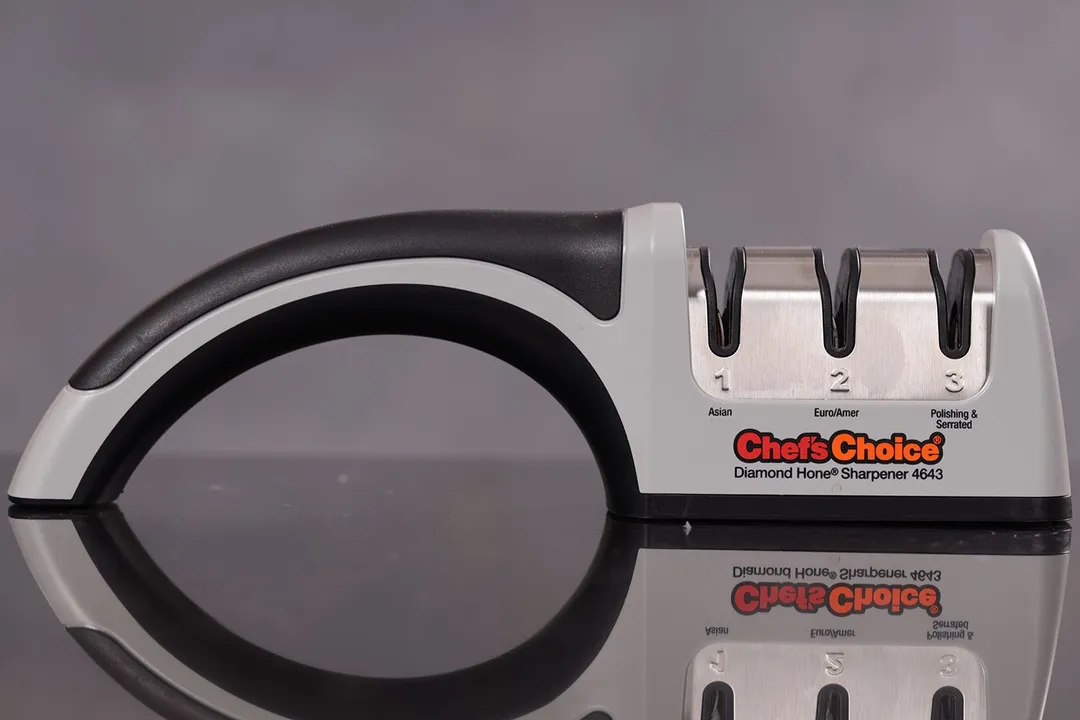

Insertion

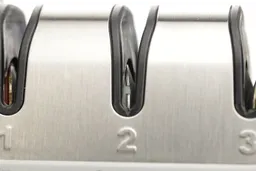
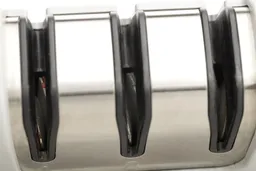
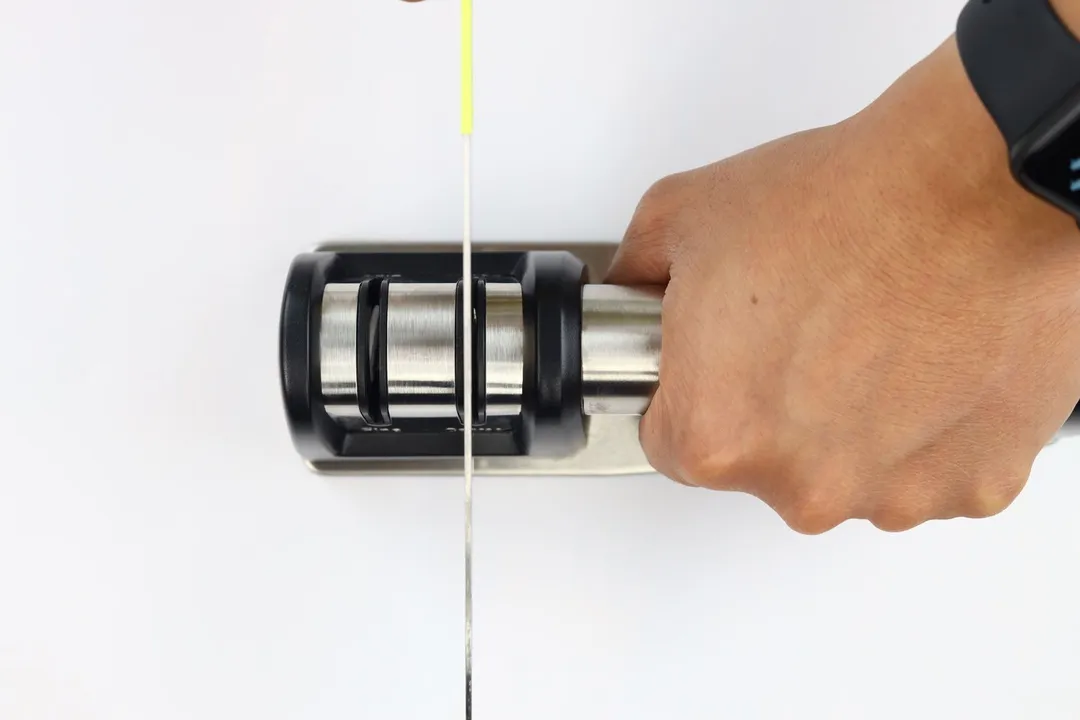
Pulling Through
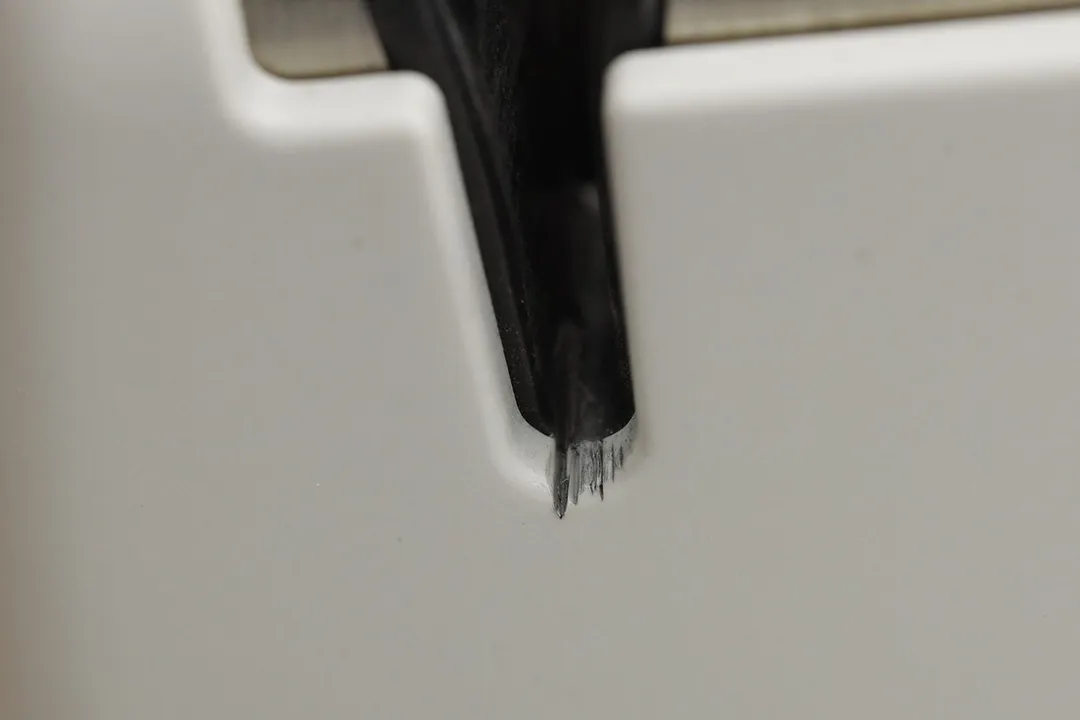
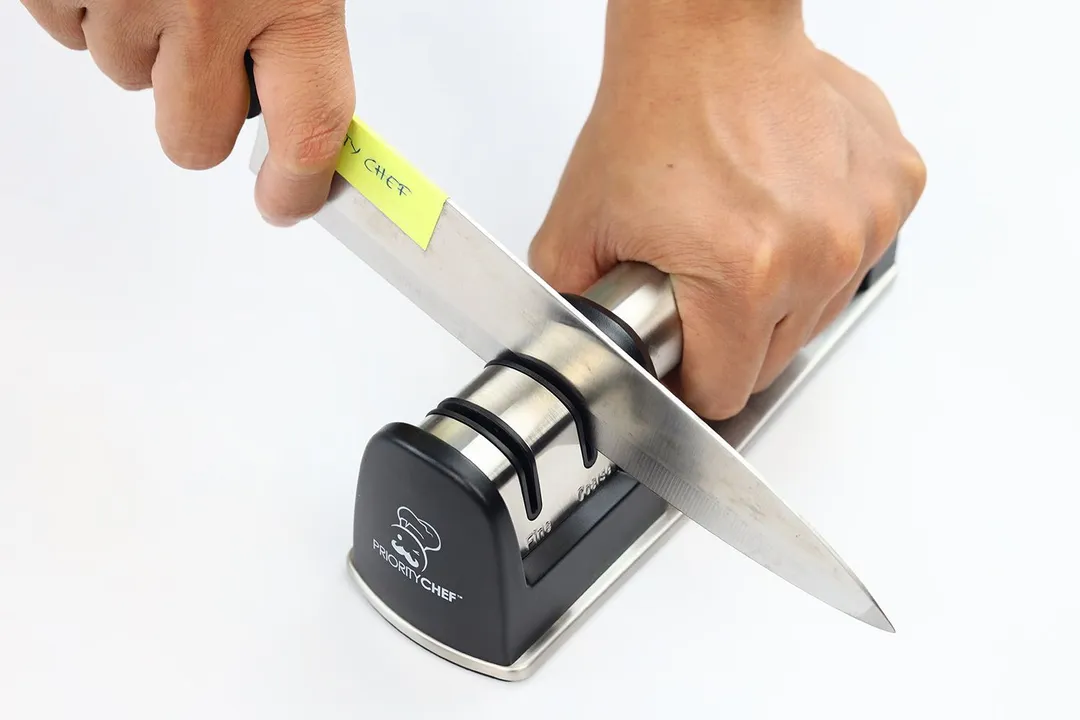
Stability on a Clean Surface
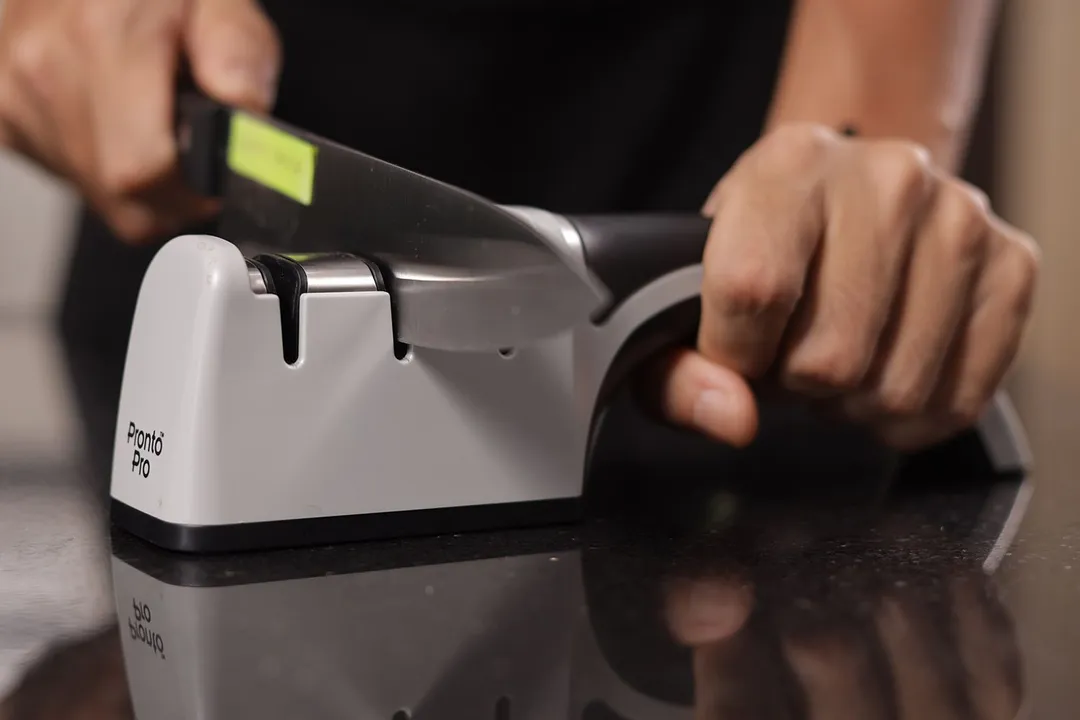
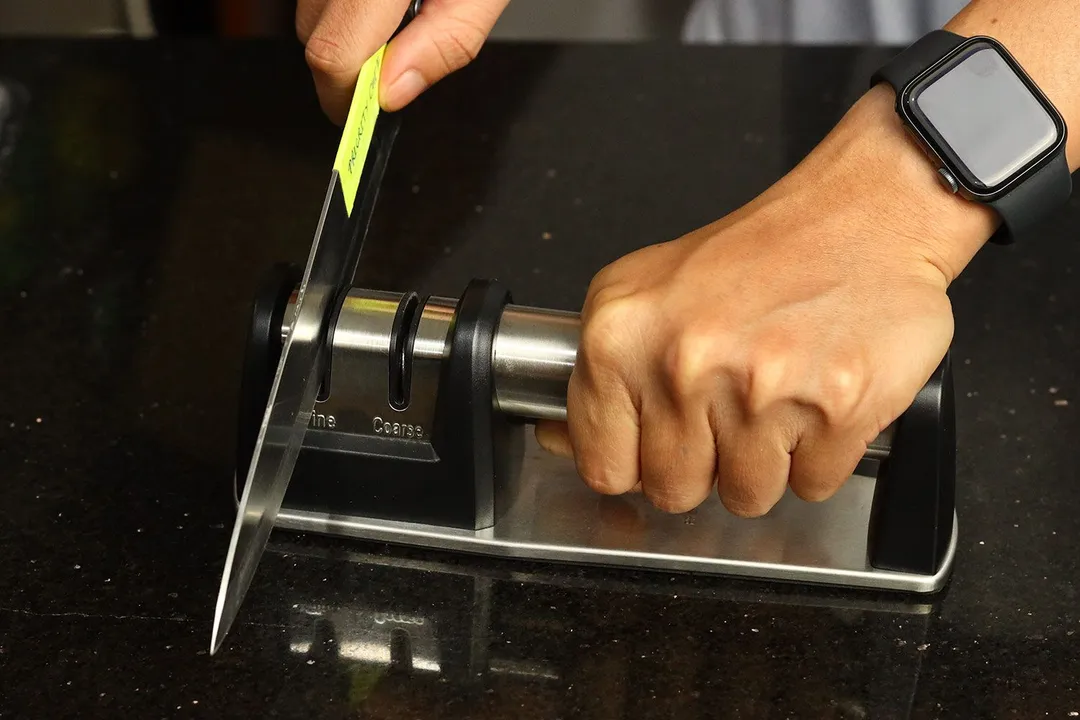
Stability on a Wet and Dirty Surface
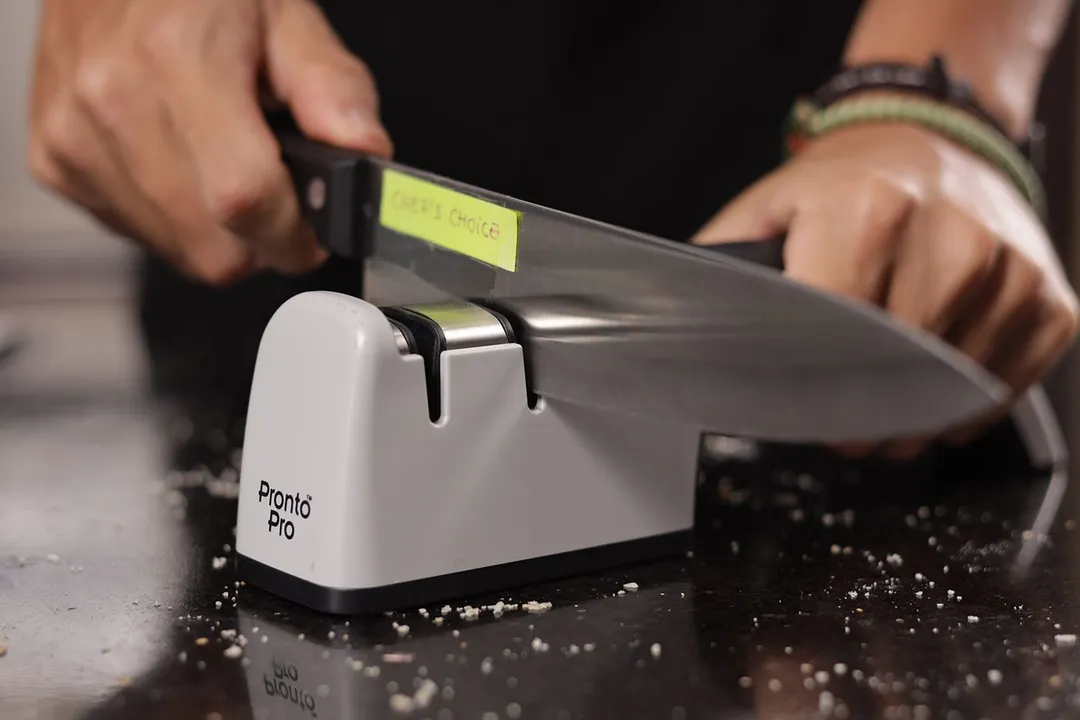

Behind the Comparison
Anh Ngo is a writer with 9 years experience at different media outlets, covering from public news and events to product testing and analysis. At HealthyKitchen101, she works across different departments, communicating closely with its network of writers, editors, and health, tech, and search engine experts to provide a meaningful and pleasant reading experience for visitors.
Lap is Head of the Research, Testing, and Review Team (RTR Team) at HealthyKitchen101.com, where he directs and supervises the testing of kitchen gadgets and appliances.
Nguyen Ntk is a graphic designer, photographer, and videographer whose philosophy centers around respecting and celebrating the beauty of reality. Through his lenses, Nguyen strives to capture the true essence of objects and events, showcasing and highlighting authentic features without distortion or exaggeration.



